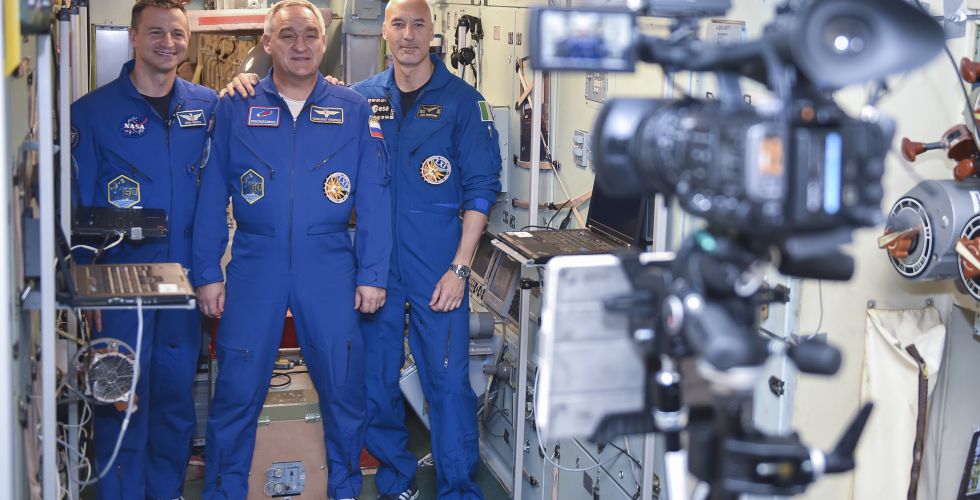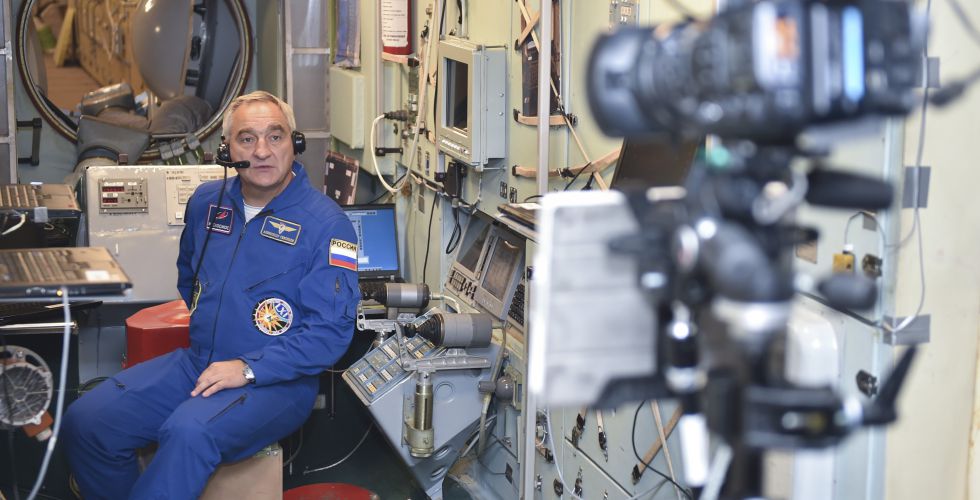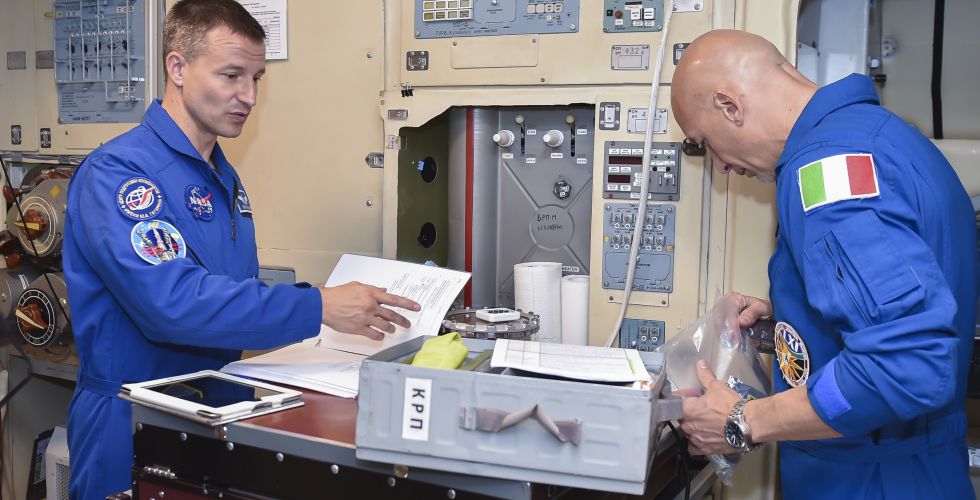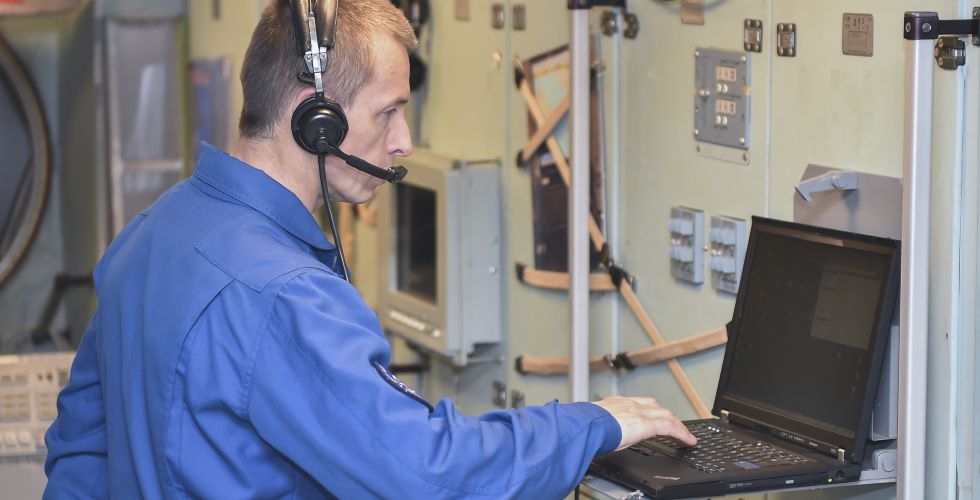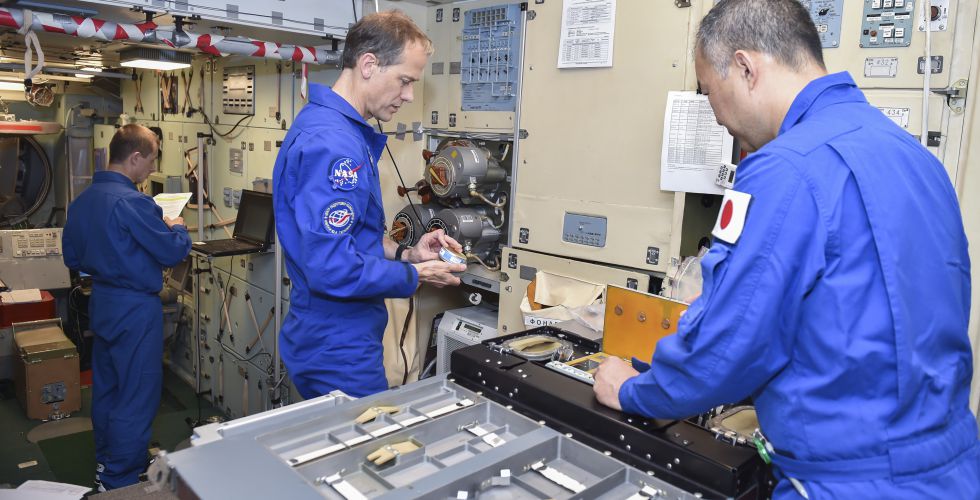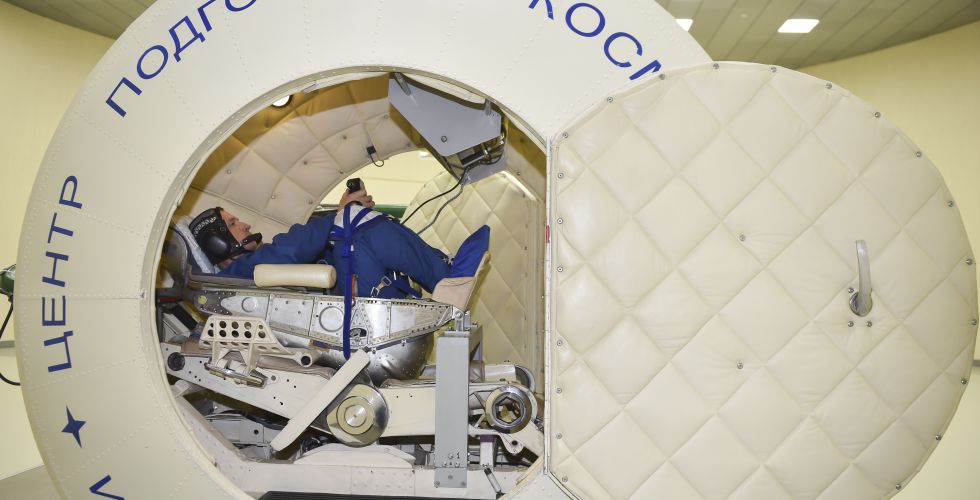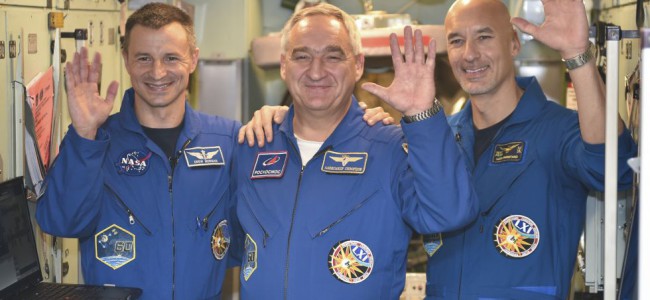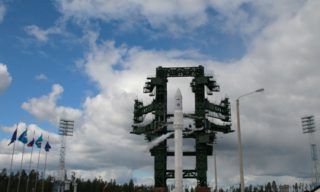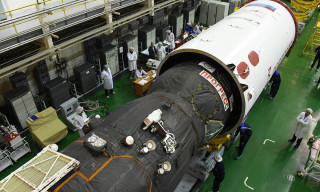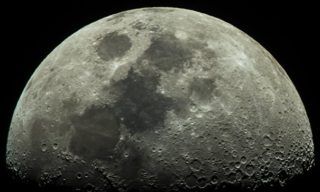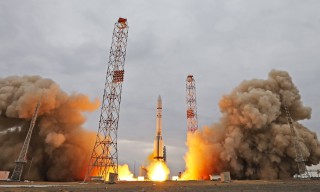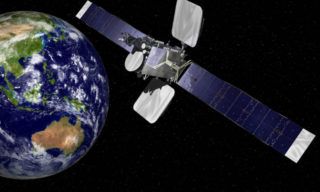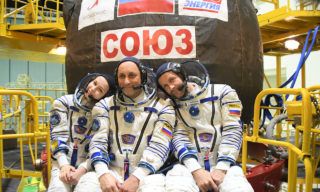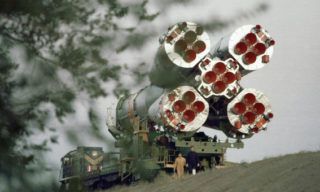This week, the “Typical Flying Day” training was performed by the main and backup crews (main crew – Roskosmos cosmonaut Alexander Skvortsov, ESA astronaut Luca Parmitano and NASA astronaut Andrew Morgan; backup crew – Roscosmos cosmonaut Sergey Ryzhikov, NASA astronaut Thomas Marshburn and JAXA astronaut Soichi Noguchi) .
In the morning, the Russian cosmonaut performed training, and after noon time the foreign colleagues joined him.
The “working day” begins with an inspection of the station and a conference with the Mission Control Center in Moscow, during which the cosmonaut reports on the status of the Russian segment of the ISS and his state of health.
Further, he is engaged in servicing station systems, repair works, maintaining the inventory base, differernt experiments, etc.
Among emergency situations, that the cosmonauts can get, may be, for example, a communication failure, a failure of the life support system or on-board computer system.
Among the emergencies, that instructors usually stock up at the end of the “working day”, there may be a depressurization, fire or ammonia leakage.
This time, both crews of the ISS-60/61 got depressurization, which they successfully coped with.
On June 21, “Typical Flight Day” training was successfully passed by the main crew of the ISS-60/61, and on June 19 – their backups.
For the members of the backup crew of the “Soyuz MS-13” this working week ended with an exam on manual controlled descent on the TS-7 simulator, based on the centrifuge CF-7.
And already on June 26-27, the crews will have to pass complex examination training on the Russian segment of the ISS and the “Soyuz” spacecraft.
